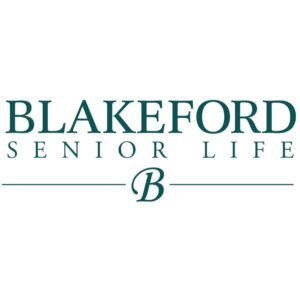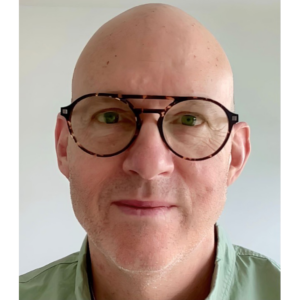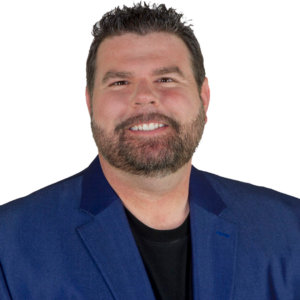Partnerships@Work: Operations software in action
Windsor Park is a large continuing care retirement community (CCRC) located in Carol Stream, Ill. We service more than 400 residential apartments and townhomes, and our facility sits on approximately 60 acres of land. Keeping our campus running smoothly and efficiently and remaining in compliance with state codes takes a great deal of organization and time. This hasn’t always been easy, but recent improvements in integrated software for senior living operations have helped lightened our load.
In years past, the biggest obstacle that we have faced in managing our facility was finding a user-friendly operations solution for our employees. Our paper-based system, like those of many other facilities, was not extremely efficient, relying mainly on paper copies of work orders. Tracking orders was difficult, and it was especially challenging to estimate our equipment usage and track equipment maintenance. Because of this, we were performing a large amount of reactive maintenance. State inspections stressed our system, not because we were not well maintained, but because our paperwork and tracking system was disorganized. And we started to notice that we were doing a fair amount of maintenance work for our residents for free, since we were not tracking our hours as carefully as we could have been.
That all changed in 2014 when we started using TheWorxHub by Dude Solutions. We average more than 1,000 work orders a month. Our previous system was not at all user-friendly, and my internal maintenance staff was not able to communicate effectively because everything was done on paper. To put it plainly, it was an antiquated system.
Benefits of targeted technology
Since we have implemented TheWorxHub, facility maintenance has improved dramatically. Importantly, the system is saving us money by more effectively managing our material assets—critical at a time when funding for CCRC facilities is on the decline. We can now easily go back and see if a particular piece of equipment has been causing us repeated problems. We can even see if it has a large number of new parts, and enabling us to make an informed decision on whether to replace or repair that piece of equipment.
“For administrators of assisted living facilities, retirement communities and other senior housing communities, resident comfort and safety is one of the most important concerns, however, it’s also important to stay on top of building maintenance. Fortunately, Windsor Park knows these two goals are closely linked and by paying special attention to both proactive and reactive maintenance as well as reporting and inventory control, they have been able to also make an impact on their resident’s quality of life,” says Josh Malbogat, director of senior living for Dude Solutions.
My staff also sees the benefits. This kind of tracking facilitates staffing transitions so that any employee can see what kind of work has been done for a particular order, and has all of the information necessary to bring the job to completion quickly. When we use outside contractors for work, we can swiftly pass on relevant information so that our jobs run more smoothly.
Improving the bottom line
We are also able to recover a small amount of “chargeback” revenue from the reports that are generated. Our facility hosts a large, diversified population, ranging from 70- and 80-year-olds to quite a few individuals who are over 100. In this kind of community, we can be asked to perform a variety of “extra” tasks for our residents. Under the old paper system, it was very difficult to keep track of these small jobs and bill for them. Now, each work order is documented and correctly billed. Each month we are billing an additional 15 to 20 jobs.
To illustrate: A new IT technician will be assisting our residents with their individual IT needs. Because we will be able to properly track the work, we will be able to incur additional income from such tasks, whereas in the past those hours would have gone unbilled. Our accounting department will be able to easily view those charges and bill individuals accordingly. Although this is not a huge amount of revenue, it definitely benefits our facility.
Better state inspections
The reporting capabilities have helped tremendously when it comes to state inspections. In fact, when the state inspector visited recently, she pointed out a potential infraction. We pulled up the work order history, did the work, took a picture and showed it to her completed before she left our campus. I think it is safe to say that the photo capabilities of the system are something that we use almost daily.
Furthermore, when it comes to compliance, we can also schedule maintenance at each of our facilities nation-wide to ensure that the appropriate state compliance maintenance is performed on schedule. Our corporate headquarters has the information regarding each state’s individual requirements, and we have created a schedule for each facility to ensure that we stay on schedule for compliance. This in and of itself has been a large system-wide stress reliever.
“Effective reporting and work-order tracking is a source of strife for many facility managers. The need to keep up with ever-changing maintenance requirements frequently extends beyond the capability of simple pen-and-paper systems. Cloud- and Web-based solutions provide visibility into repair, budget and asset usage information in one central location. Repair teams can easily update their progress on work orders directly from the field, increasing efficiency tremendously by eliminating the need to return to the office to log data,” Malbogat says.
Conclusion
In the end, efficient facility management boils down to ease of use. The system must be user-friendly for staff and facility managers. You can have the most complicated, best system in the entire world, but if you don’t know how to use it to its fullest capabilities, then why have it at all? We have found a good balance of ease and functionality and the results show.
Bob Lanzerotti is Facilities Management Director at Windsor Park, Illinois. He can be reached at 630-510-4700.
Related Articles
Topics: Articles , Executive Leadership , Facility management , Operations











